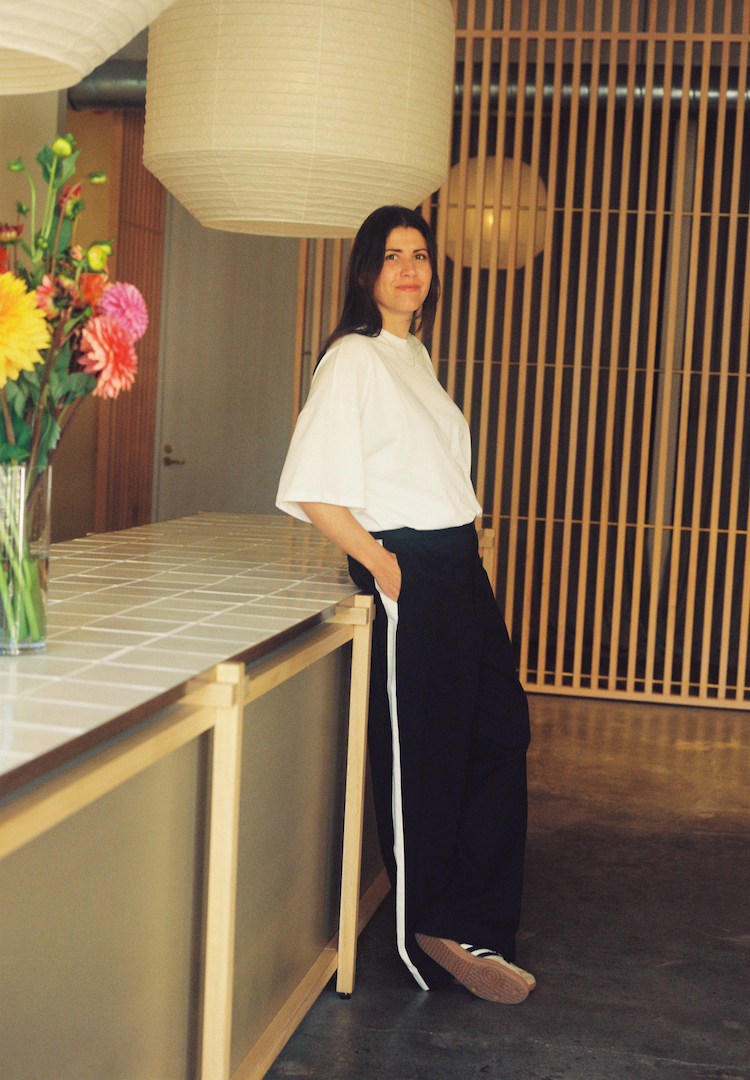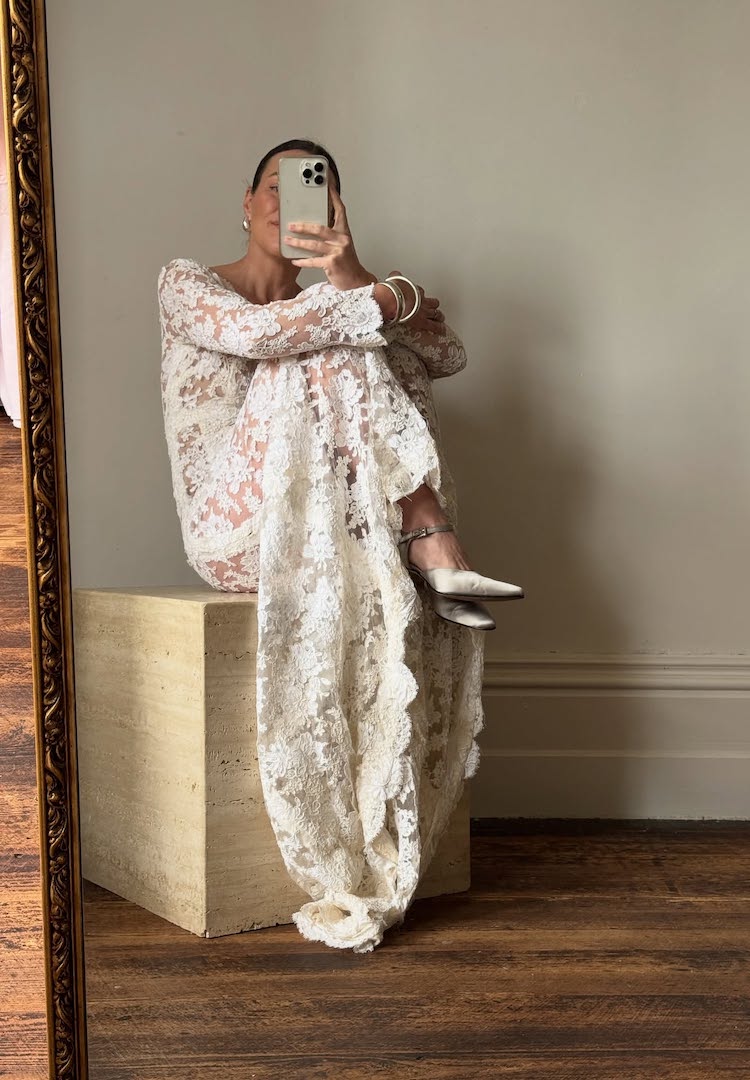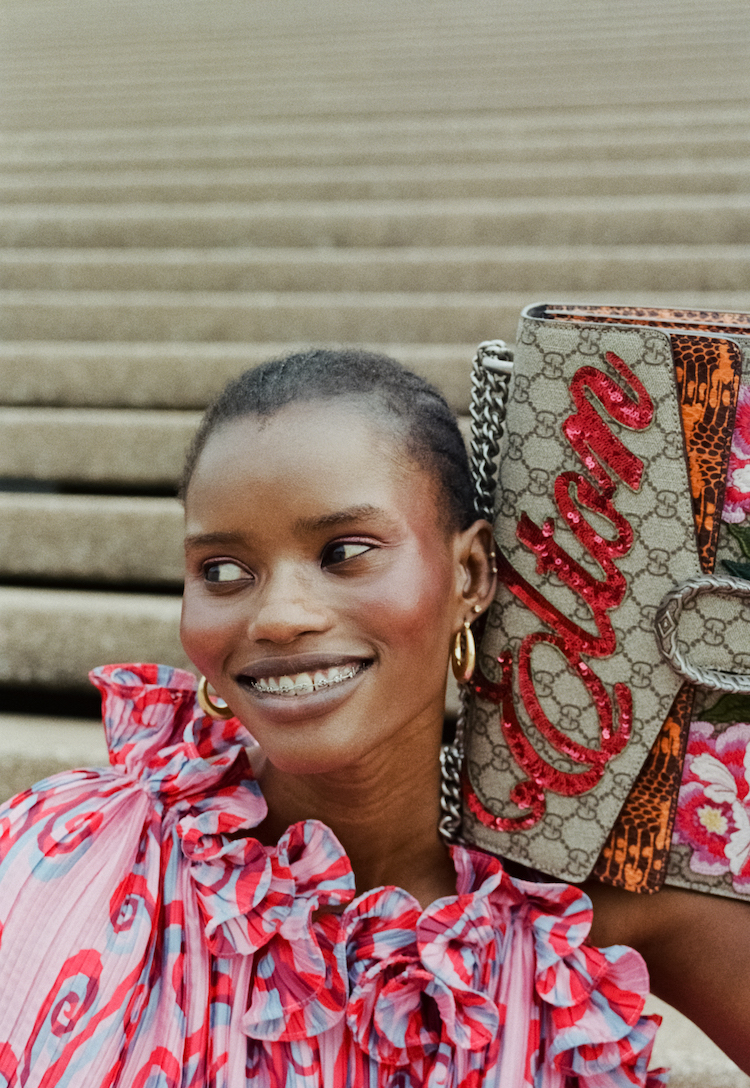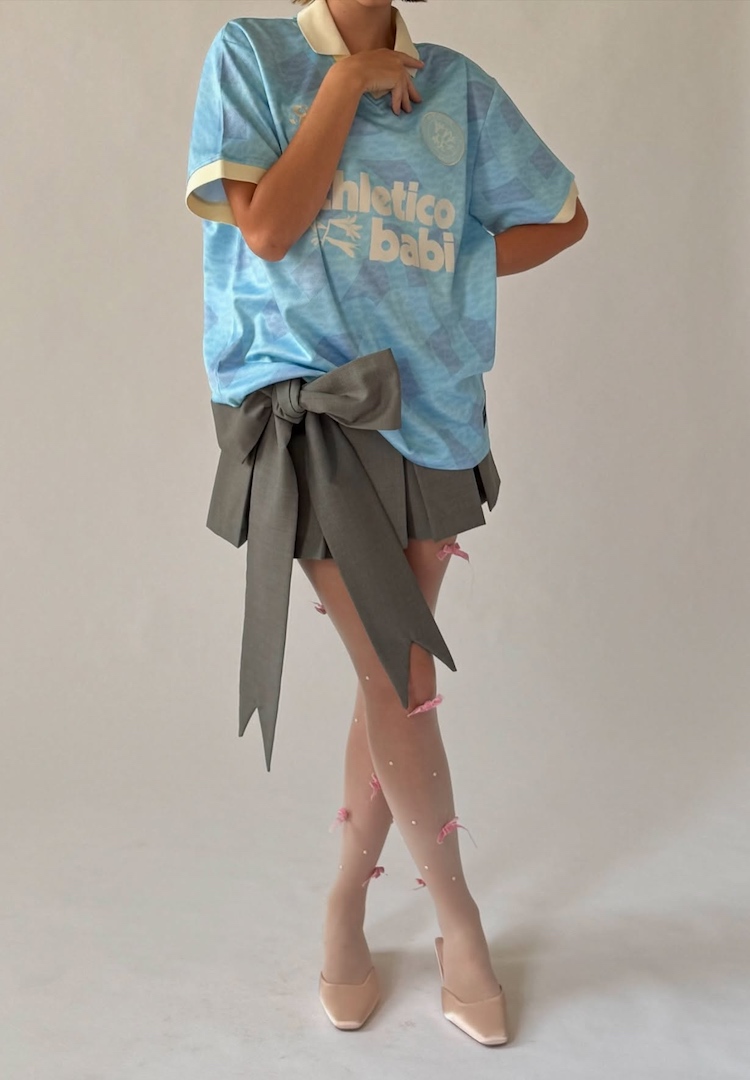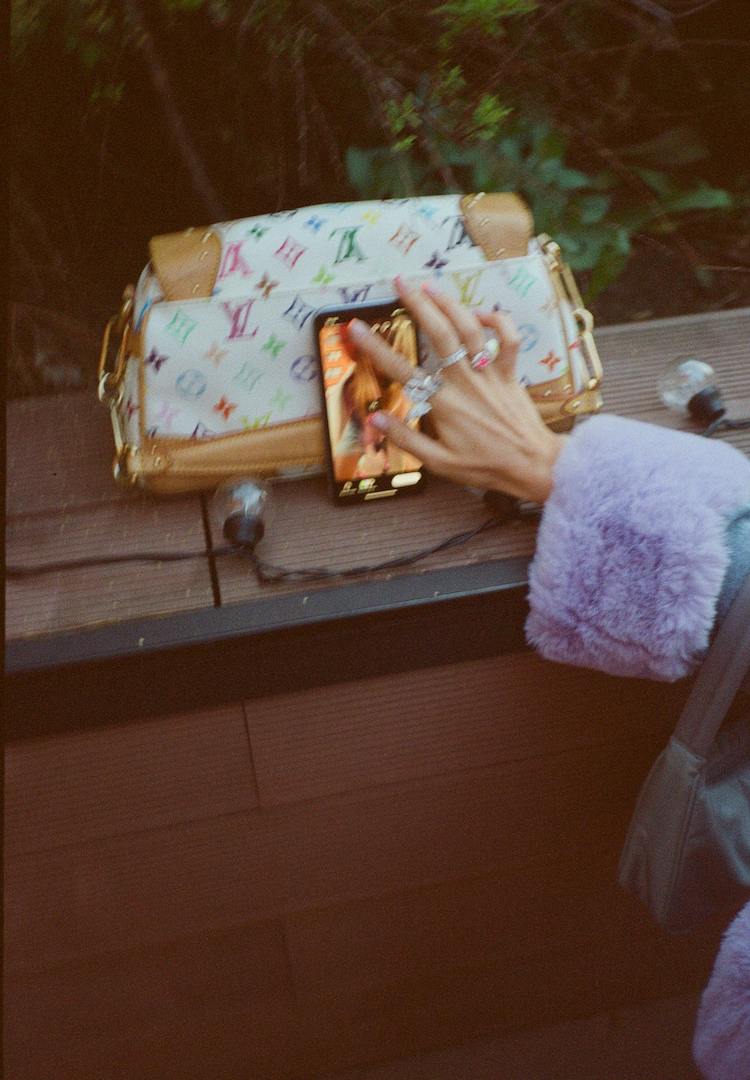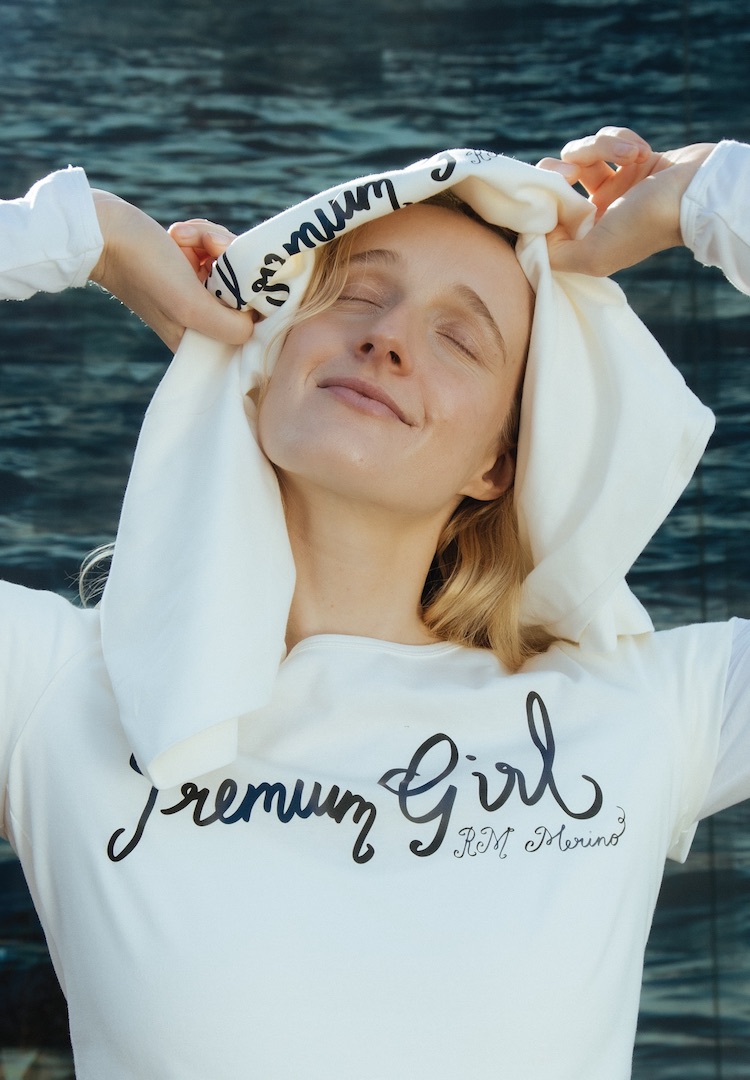Full Circle: How Kowtow is spearheading circular fashion through a loyalty program
IN PARTNERSHIP WITH KOWTOW
PHOTOGRAPHY BY CHLOE HILL
WORDS BY CAIT EMMA BURKE
Closing the loop.
I made my first Kowtow purchase in my early twenties, almost a decade ago. It was an impeccably cut navy wrap dress with a white circle print, and the fabric was light and breathable yet still held its shape. One of the best items in my wardrobe, I wore it to within an inch of its life, and so did my housemates – it really was the sisterhood of the travelling Kowtow dress.
As a New Zealander, I’d known about Kowtow for a few years before making that purchase. I was vaguely aware it was an environmentally conscious label, and that its pieces formed the backbone of many enviably stylish women’s wardrobes. But working in a popular fashion consignment store in Wellington in my twenties – the city Kowtow hails from – showed me just how often customers and staff gravitated toward the label. The quality and versatility of its designs were noticeably above average, so it hasn’t been surprising to see Kowtow cultivate a devoted customer base over the years that have followed.
For more fashion news, shoots, articles and features, head to our Fashion section.
Founded by Gosia Piątek in 2006, the New Zealand label has been a pioneer in the sustainable fashion space since its inception. Gosia started the business with her partner at the time, a graphic designer, combining his design skills with her passion for ethics and sustainability. More than anything, she was driven by a curiosity to discover how clothing was made and how far she could trace its production. “I didn’t study fashion design but I always loved clothing, and used to make my own clothes in high school with my mum and best friend. The way Kowtow came about was from a desire to do good, to change an industry,” she says.
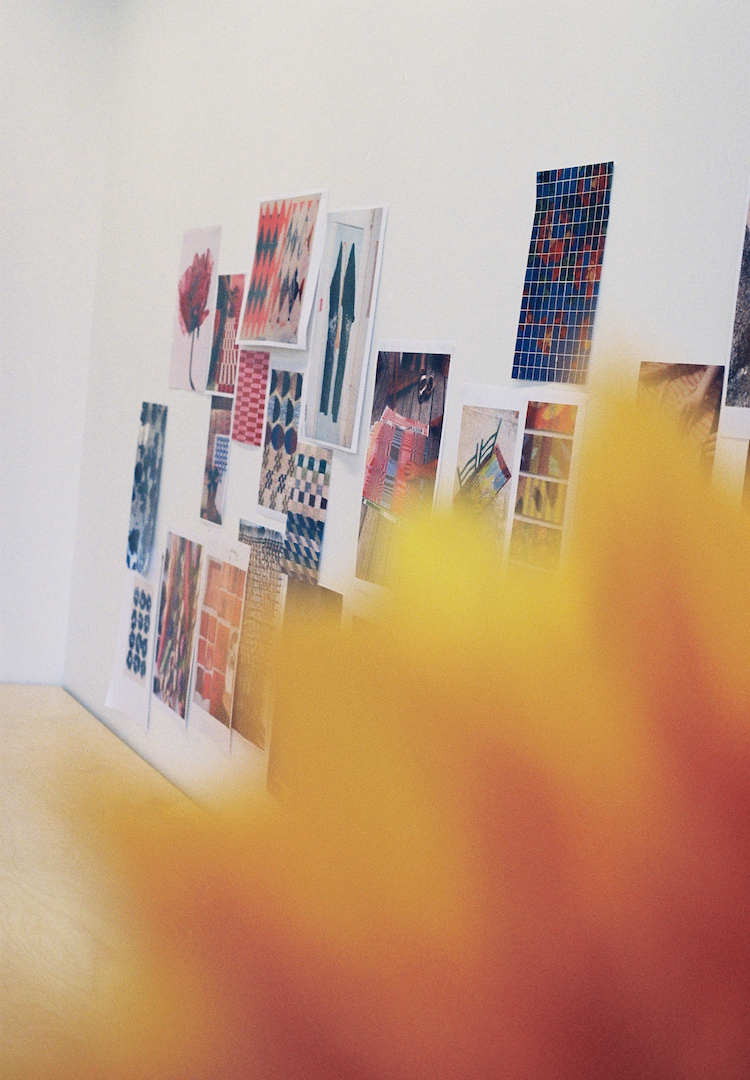
From the beginning, the label was committed to making clothes from Fairtrade-certified organic cotton, a decision Gosia describes as “an easy one” because her certifiers could provide her with a transparent production chain “from seed to garment”. Over time, the team began to integrate other fibres to meet the demands of Kowtow’s customers. It introduced pieces made from fabrics like merino wool and recycled nylon, ensuring it continued to take its environmental responsibilities seriously.
Ultimately though, Kowtow decided to become entirely plastic-free. In 2020, the label stopped using the fibres that compromised this goal, and returned to using exclusively Fairtrade-certified organic cotton across its designs. This meant halting production of its bestselling product, a pair of leggings that contained elastane and plastisol ink from screen printing. “We knew our ultimate sustainability goals to eliminate plastic, reduce waste and support full circularity mattered more to our business.”
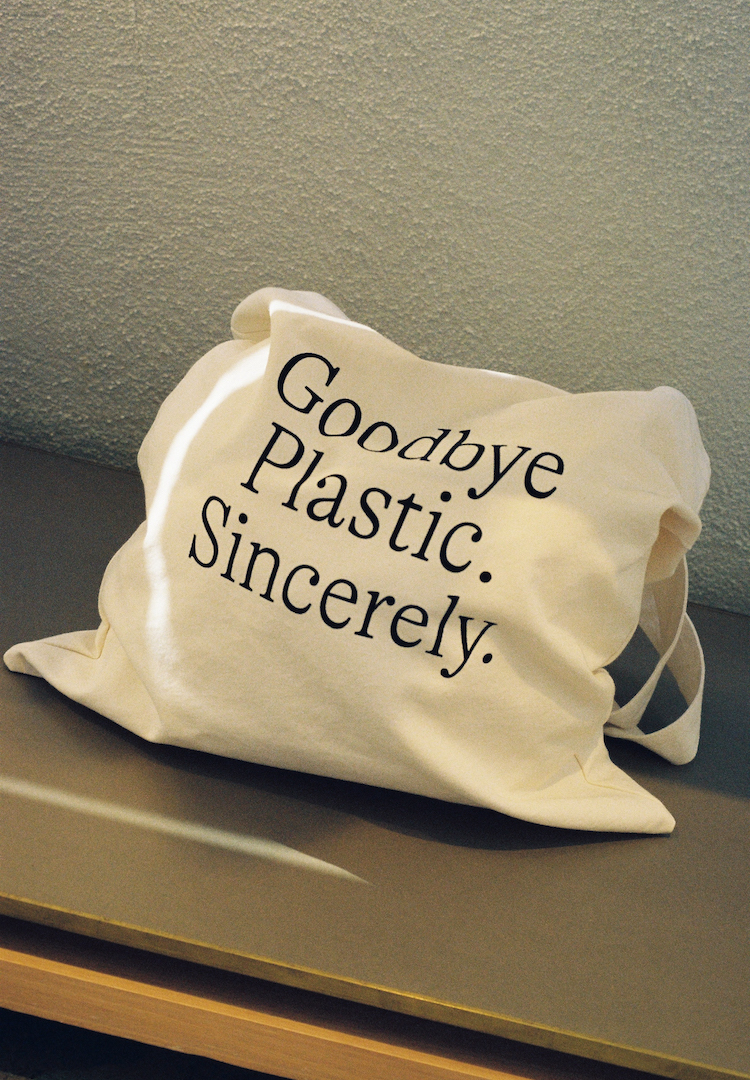
Most recently, Kowtow has launched a loyalty program, The Collective, which encourages its community to view their wardrobes as a circular system. Like many other loyalty programs, customers receive one point for every $1 spent in-store or online, but this initiative goes further. “We’ve elevated the program from solely rewarding purchases to rewarding members for contributing to a circular fashion system,” she says. Customers can gain points by repairing garments through online tutorials, buying and selling pre-loved Kowtow garments, and giving old garments back to the brand. Points can be redeemed for rewards and put towards future purchases.
The return program is particularly innovative, allowing customers to send their well-loved Kowtow garments – items that are beyond repair – back to the label so they can be put into Kowtow’s research and development program, Regenerate. “Any take-back program has no cookie-cutter solutions, it depends on what we have received back. Quantity, type of fabric and colour can all differ. However, with Kowtow garments now being one singular natural fibre and completely plastic-free, it means regenerating these garments into new yarn, or returning them back to the earth, will be a lot easier.”
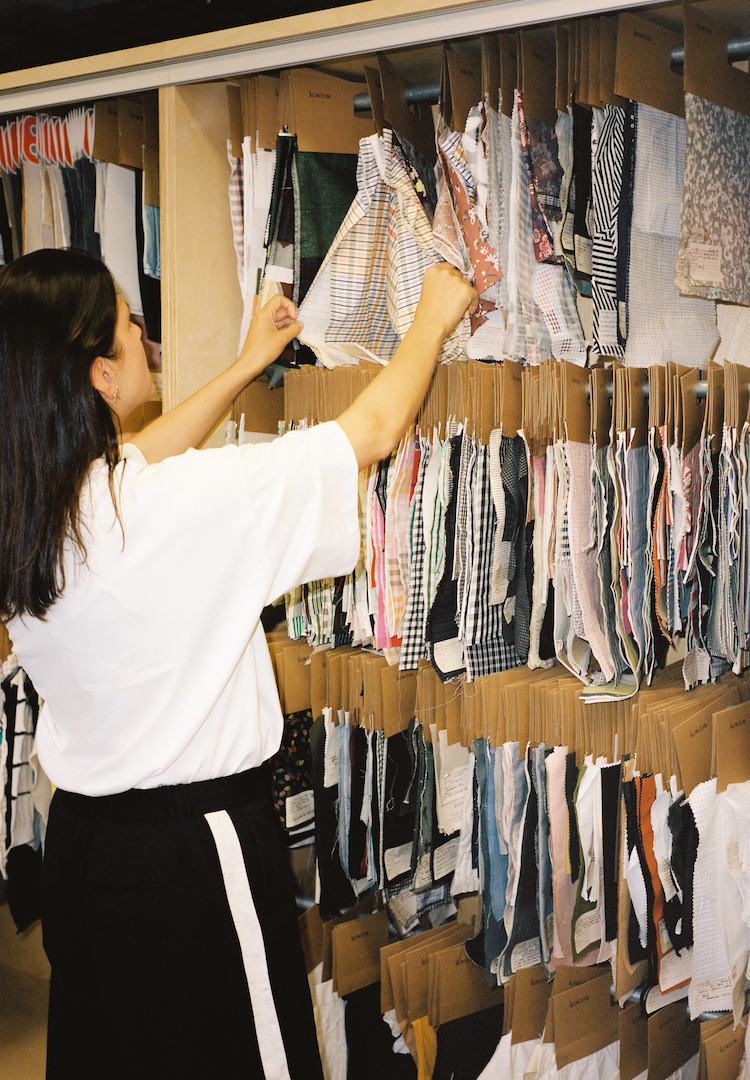
The label has offered lifetime repairs since 2018, and it’s become a fundamental step in closing the loop and reaching Kowtow’s goal of eventually attaining full circularity. So far, an in-house team has repaired over 1,500 garments, and created a range of online tutorials to help its community learn easy repairs they can do at home.
Obviously, all these innovations require a team that’s forward-thinking and clued up on sustainability. Gosia describes her team as “sustainability nerds”, telling me she’s incredibly inspired by them. “Every time I walk in, I remember how special the people and the work are. Working on our first sustainability strategy together in 2022 really solidified the goals we wanted to achieve as a team.”
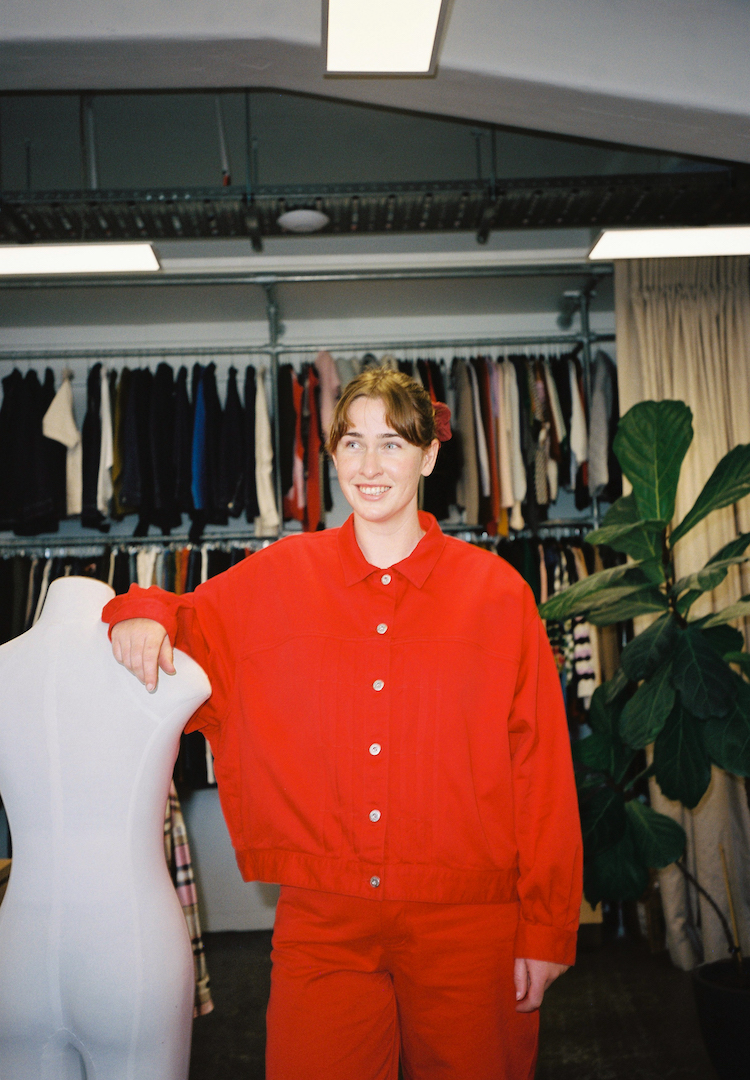
One of those goals was to have a waste-free workroom and in pursuit of this, the team has implemented a “hardcore” recycling system. Gosia tells me Kowtow’s workroom manager has found a way to recycle nearly everything, and there’s even an ‘X’ on their rubbish bin, prompting employees to consider how they could recycle or reuse the piece of rubbish they’re thinking about throwing away. “Our food scraps are collected every week by someone on a bike, who takes them back to a local urban farm for their compost. We even use pencils instead of pens – again, very nerdy, but it all adds up and contributes to our overall goal of leaving the planet better than we found it,” she shares.
For those eager to explore Kowtow further, the first collection from new head designer, Dayne Johnston, is now available. Drawing on Dayne’s decades of experience in the industry, it marks the label’s third plastic-free release and a new era for the brand. Gosia describes it as “workwear meets refined tailoring”. If Kowtow’s designs over the years are anything to go by, I’m sure these pieces will join past collections to become vital building blocks in many wardrobes.
This article was originally published in Fashion Journal issue 196.
To explore Kowtow’s loyalty program, The Collective, head here.


